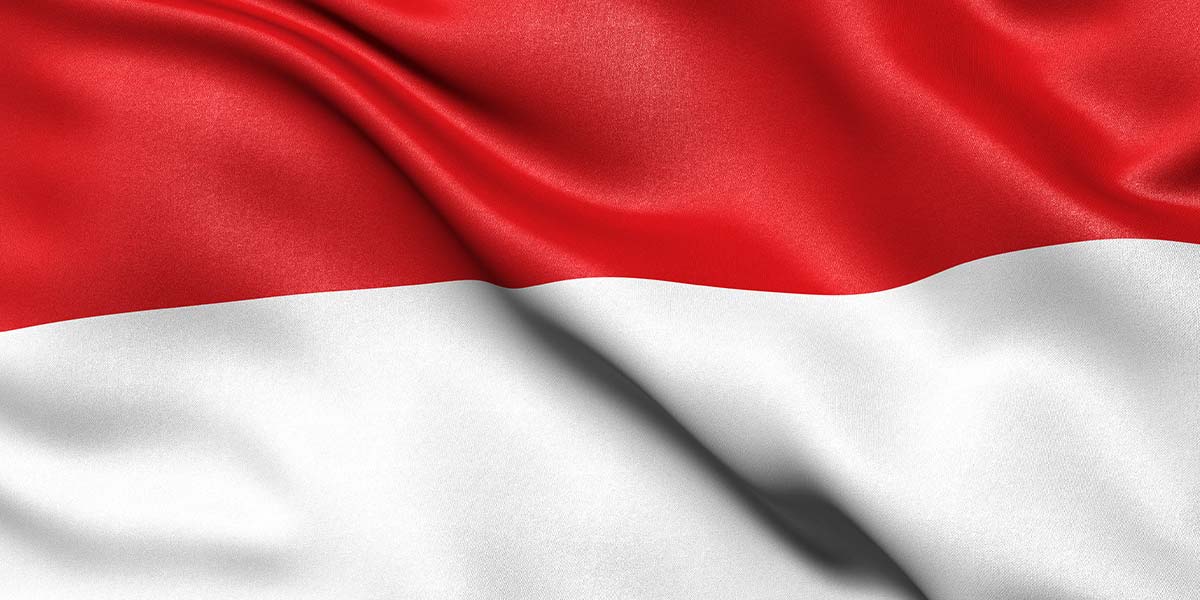Indonesia registered its fastest inflation pace in eight months during April, as the withdrawal of temporary power subsidies and a surge in gold jewellery prices drove consumer prices sharply higher, according to official data released Friday.
Headline inflation climbed 1.95% year-on-year, the highest since August 2023 and well above economists’ median estimate of 1.60% in a Reuters survey.
The reading also marks an acceleration from March’s 1.03%, pushing inflation back inside Bank Indonesia’s (BI) 1.5–3.5% target range after several months below the lower bound.
The April rebound was mainly attributed to a jump in home rents, certain food staples, and especially the soaring cost of gold jewellery—monthly inflation for gold hit a four-year high at 10.52%, the statistics agency said.
Indonesians have flocked to gold in recent weeks amid persistent rupiah weakness, with the currency hitting a record low against the US dollar last month and stoking fears over economic stability.
Inflation readings had been subdued so far this year, held back by state-run discounts on electricity tariffs during January and February. The expiration of those programs in March paved the way for last month’s sharper uptick, officials added.
With inflationary pressures resurfacing and the rupiah under stress, Bank Indonesia faces a complex policy landscape. Some economists believe BI could consider reducing policy rates—particularly if first-quarter GDP data, due May 5, undershoots the 5% threshold and manufacturing activity continues to contract as noted by Bank Danamon economist.
According to a recent poll from Reuters, Indonesia’s Q1 GDP is predicted to expand by 4.91%, slightly below expectations.
Nevertheless, the central bank remains wary of easing too soon, prioritizing foreign exchange stability over growth as global trade tensions and uncertainty linger. BI projects Indonesia’s full-year GDP growth to fall just short of the midpoint of its 4.7%–5.5% range, compared with the government’s more optimistic 5.2% target for 2025.





